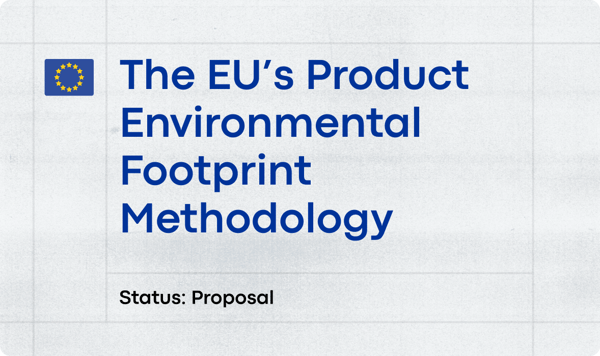The Carbon Footprint of Polyester
What is the footprint of polyester and what polyester alternatives do you recommend?
We're on a mission to decarbonize the 1 gigaton CO2e fashion industry. Learn from our data, climate, and science experts, as they share their learnings along the way.
Deep-dive into the European PEF and how fashion and textile brands can prepare.
 Lidia Lüttin
Lidia Lüttin


What is the footprint of polyester and what polyester alternatives do you recommend?

Learn more about the carbon footprint of organic vs. conventional cotton as well as regional emission differences.

Question: What should we consider when assessing the carbon impact of wool production?

Question: What is the environmental impact of producing midsoles using the autoclave process, and how does it compare to other methods?

Question: What are the environmental impacts of waterless dyeing techniques compared to traditional dyeing methods?

What is better in terms of carbon emissions: recycled paper/cardboard or recycled plastic?

Question: What are Laurent’s views on future clothing composition? Does he believe more in biobased fabrics or in textile-to-textile fabrics?

Question: How can we find out the real impact of the textile finishing process?

This is a comprehensive analysis of the carbon footprint of different printing techniques.

If you click on “Accept all” you agree to the use of these cookies. To find out more about the cookies we use, see our Privacy & Cookie Policy. Or, you can continue without agreeing .